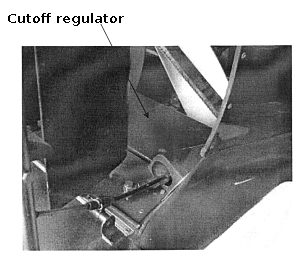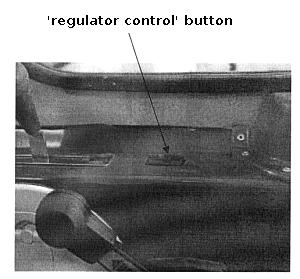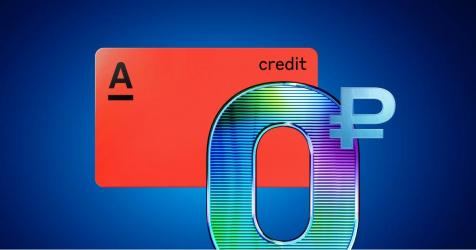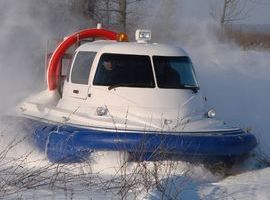Driving the aerojeep “Pegas”
The air-cushion craft is a special transport means combining unique properties of airplane, ship and car. That's why special driving techniques should be worked out.
When the air cushion moves, friction between flexible protection and the surface is minimum and can hardly stem the craft.
It means the following:
- when the craft turns, it continues moving in the same direction for some time;
- the surface and especially the side wind influence yaw stability.
So if the radius of the turning circle is not considerable (open area with no obstacle within a few meters around), it is possible to maneuver it like a car with a simple rudder turn. If you need to turn at a concrete radius, you should do the following:
- at some distance before turning cut the gas completely in order to remove the air cushion and get in contact with the surface;
- turn the rudder in the direction you need till it stops (better to do this directly before turning) and immediately increase a number of engine rotations up to no less than 2/3 of max rpm. The craft stops moving in the previous direction and starts to turn.
- Without waiting for the turn to end, quickly turn the rudder in the opposite direction in order to snub the craft (so that the turn would not exceed a big angle).
When the air-cushion craft takes the required course, return the rudder to the intermediate position. The side wind drifts the air-cushion off the course, so you should be ready for this, i.e. if the craft gets aside, you are advised to immediately correct the direction with the rudder; if the air-cushion craft meets an obstacle, cut the gas, turn the rudder into the previous direction, applying the brakes, and increase the engine rotations. One should realize that skills for driving any other transport means are different from those for driving the air-cushion craft. You need to learn driving again.
Trim control
The trim control handle (with horizontal rudders) is located along the right board of the driver's working place and has 7 fixed positions. Intermediate position – the handle in the centre. Positive trim difference position – the handle backwards, the rudders up. The negative trim difference position – the handle forwards, the rudders down. The position of the horizontal rudders is chosen by the driver according to the present weight balance which depends on arrangement of cargo and passengers. One should resort to the negative trim difference when it is necessary to take a turn of a small radius on water or on land.
A sharp switch from the positive to the negative trim difference is recommended in case it is necessary to leave the cross-country area with a complete loss of speed. While the air-cushion craft gets down from ice onto water, the rudders should go up (the handle backwards).

Rudders position
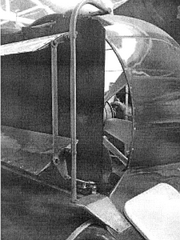 |
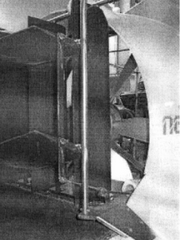 |
| negative trim difference (rudders down) |
positive trim difference (rudders up) |
An electric regulator of the cutoff of air flow is located in the lower part of the propeller nozzle in front of the cutoff rest where lower bearings of vertical rudders are fixed. An amount of the ingoing air in the cushion is regulated with its help. The 'regulator control' button is located on the right hand from the driver in front of the horizontal rudders control handle.
